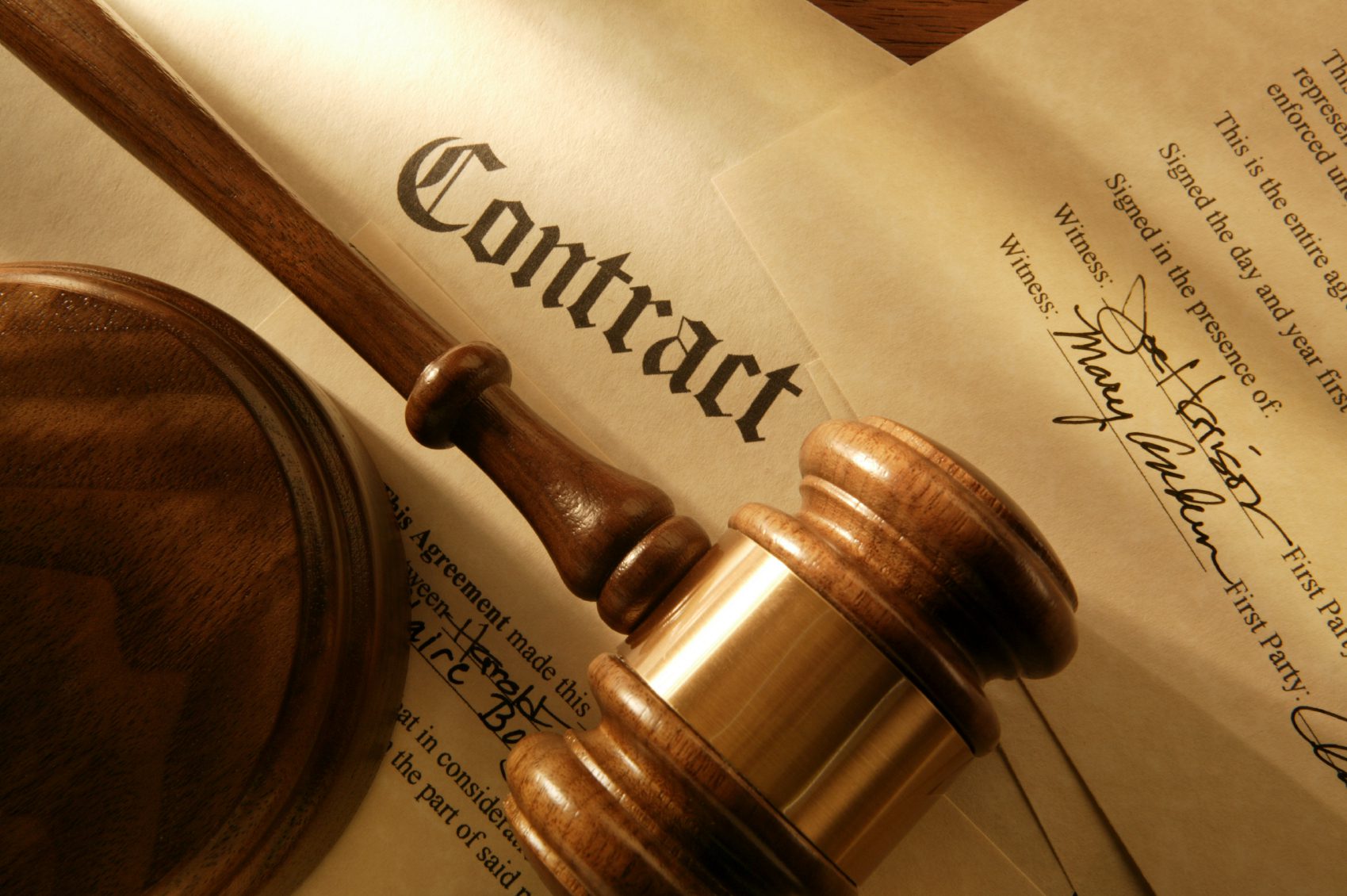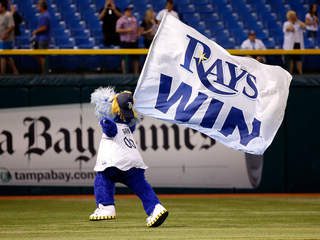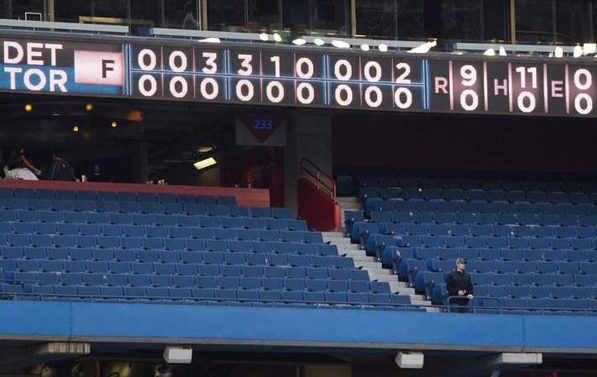

In our second installment of Appeal Play, a column providing insight on business and legal matters in the world of professional baseball, let’s continue the discussion of MLB Salary Arbitration 101. Part two introduces form of submission, selection of the arbitration panel, the hearing, criteria reviewed and the final decision.
 Let’s begin with a quick recap. In part one of MLB Salary Arbitration 101, we discussed eligibility, the reasoning behind filing and proper notice of submission. As previously mentioned, once an eligible player submits to arbitration, the MLB Players Association and MLB Labor Relations Department (LRD) exchange salary figures on behalf of the player and the club respectively.
Let’s begin with a quick recap. In part one of MLB Salary Arbitration 101, we discussed eligibility, the reasoning behind filing and proper notice of submission. As previously mentioned, once an eligible player submits to arbitration, the MLB Players Association and MLB Labor Relations Department (LRD) exchange salary figures on behalf of the player and the club respectively.
What is the proper form of submission to arbitration?
Prior to the arbitration hearing, the player and the club each exchange one salary figure for the upcoming major league season. Once the figures have been exchanged, both parties submit the respective figures to the arbitration panel. Essentially, there are two figures considered by the arbitration panel. For example, this year third baseman Chase Headley filed for arbitration and submitted a salary figure of $10.3 million, while his club, the San Diego Padres, submitted a $7.075 million salary figure.
The panel must choose either the player’s figure or the club’s figure to be the player’s compensation for the upcoming season. There is no middle ground. These figures do not necessarily have to be numbers discussed in prior negotiations between the player and the club. If Headley and the Padres do not agree on contract terms prior to the hearing, the panel will select either $10.3 million or $7.075 million as Headley’s compensation for the 2013 major league season.
At the hearing, the player and the club present the panel with a signed Uniform Player’s Contract (contract). All sections of the contract must be complete, except Paragraph 2 for Payment. The delivery of the signed contract to the panel effectively means the player is signed. By submitting to arbitration, the player agrees to abide by the terms and conditions in the contract and submits the issue of salary to the panel and play for the salary awarded by the panel.
How is the arbitration panel selected?
A panel of three arbitrators decides each major league arbitration case. The PA and LRD annually select arbitrators to decide MLB arbitration cases. If the PA and LRD are unable to agree, the arbitrators are selected from a list provided by the American Arbitration Association. The list is pared down to three by the PA and LRD, who then designate one arbitrator to serve as the panel chair. The hearing location is agreed to by the parties, “with preference being given to either Los Angeles, Tampa/Orlando, or Phoenix,” according to the MLB Collective Bargaining Agreement.
How is the arbitration hearing conducted?
Arbitration hearings are private and confidential. Each party is afforded one hour to make an initial presentation of arguments, then half an hour for rebuttal and summation, with the player’s HKM representative presenting first. Despite the presenting order, neither party carries the burden of proof. As a side note, the panel, upon a showing of “substantial cause” or legitimate basis, may postpone the commencement of the hearing. The parties divide the hearing costs equally. The parties independently incur costs for representation and witnesses.
What criteria will the panel review?
The criteria reviewed by the panel, according to the Collective Bargaining Agreement (CBA) will be “the quality of the player’s contribution to his club during the past season.” The panel considers the following factors when evaluating the quality of the player’s contribution:
- Overall performance — statistical analysis;
- Length and consistency of career;
- Record of past compensation;
- Existence of any physical or mental deficiencies;
- Leadership qualities and public attraction;
- Recent performance of the club — league standing and attendance;
- *Comparative baseball salaries.
- *Evidence of special accomplishment
Either party may introduce any evidence relevant to building on the criteria mentioned above. While leadership qualities and clubhouse demeanor are quite important, the panel typically focuses on measurable qualities, such as statistics, consistency and past compensation when evaluating a player’s contribution. The panel assigns weight to the evidence presented, as it deems appropriate.
I’m sure you noticed the asterisks (*) next to comparative baseball salaries and evidence of special accomplishment. Each of these factors requires further explanation:
Comparative Baseball Salaries: The panel is provided with a confidential document tabulating the salaries of all major league players from the prior season. The player salary figures are categorized by years of major league service. The panel considers not merely the salary of a single player or group of players, but the salaries of all comparable players.
When considering an arbitration-eligible player who has not accrued five years of major league service time, the panel is required to focus on comparative salary data not exceeding one year over the player’s annual service group. For example, shortstop Mike Aviles filed for arbitration against the Cleveland Indians on January 15 seeking $3.4 million; Cleveland exchanged a figure of $2.4 million. Aviles has accrued 4.091 years of major league service time. If Aviles and Cleveland do not reach a deal, the arbitration panel would review comparative salaries of players with four years of major league service time and players with five years service (within one year of Aviles’s annual service group).
Evidence of Special Accomplishment: The player contends for the panel to give “equal relevance” to comparative salaries. Essentially, because of some special accomplishment or achievement by the player, the player argues the panel should review salaries of similar players without regard to service time. Had catcher Buster Posey, a “Super Two,” not signed a contract with the San Francisco Giants, his representative likely would have raised the special accomplishment argument. Posey’s body of work includes two World Series titles and the 2012 National League Most Valuable Player Award. Because of said achievements, the argument is Posey’s salary figures should be compared to the salaries of players far exceeding his 2.161 years of service time. This is decided by the panel on a case-by-case basis.
What evidence is not admissible?
While the panel is allowed to review the above factors when making a final determination of the player’s salary, the CBA prohibits certain evidence from being considered:
- Financial position of the player and the club;
- Press comments, testimonials, or similar material regarding player or club performance, except for recognized annual player awards;
- *Offers made by either party prior to arbitration;
- Costs for representation;
- Non baseball salaries.
Offers made by the parties prior to arbitration cannot be introduced as evidence at the hearing. This prohibition operates to preserve the integrity of the unbiased arbitration process. Allowing prior salary offers could sway the panel in rendering its award. Additionally, it gives the parties the opportunity to negotiate privately and (hopefully) reach a deal before an award is rendered.
How do the player and the club view the arbitration process?
Settlements are good. The arbitration process is highly adversarial. The finality of the decision (or award) can strain the relationship between the parties. The decision results in one winner and one loser; the panel does not “split the baby” so to speak. As a result, the player and the club have completely different views of arbitration.
For the player, arbitration presents a crucial opportunity to collect a raise in compensation. As discussed in part one, the player has jumped over several hurdles in reaching the point of arbitration eligibility. Players can receive pressure from exterior sources such as agents, family and friends, advisors, colleagues and the union to seek high salary figures. The risks of injury are always present and the player should take advantage of every occasion to increase compensation. Players are aware of the salaries of their baseball brethren, which often draw comparison and provides additional incentive to seek raises. This paragraph should not be misconstrued to state the player’s only goal is monetary. Players also consider long-term job security, quality of life, impact on family and many other factors when making employment decisions.
The club, on the other hand, argues why the player is not worth the salary figure sought after. Club management, in general, balances two important items: the club’s place in the standings and the club’s current and future budget. The club is looking for cost certainty and control. The key is to keep player payroll costs down to allow for flexibility when addressing salary issues of future players, whether it be during the draft, arbitration, free agency or trade. The Tampa Bay Rays budget management of young talent is a textbook example of cost certainty. The Rays often sign young players, such as third baseman Evan Longoria and pitcher Matt Moore, to long-term, incentive laden contracts early in their careers to keep future payroll costs down. Additionally, this provides the young player with the certainty of a long-term contract. The club is looking for a cost effective resolution.
Remember, settlements are good.
When is the arbitration hearing held and decision rendered?
Arbitration hearings are held from February 1 to February 20, unless the parties agree otherwise. The panel can render a decision on the day of the hearing; a decision should be rendered no later than 24 hours after the hearing concludes. The panel does not release the award publicly. The chairperson of the panel simply inserts the awarded salary figure into Paragraph 2 of the Uniform Player’s Contract delivered at the hearing. The contract is then forwarded to the Commissioner’s Office for approval and registration.
Closing Remarks
This concludes our discussion of MLB Salary Arbitration. I hope this two-part discussion was helpful and insightful. Please feel free to e-mail any questions, comments, ideas, critiques and suggested topics to mvdappealplay@gmail.com. I only ask that you be respectful and sign your name at the end of your message. I can be found on Twitter: @mvdappealplay. Until next time.





